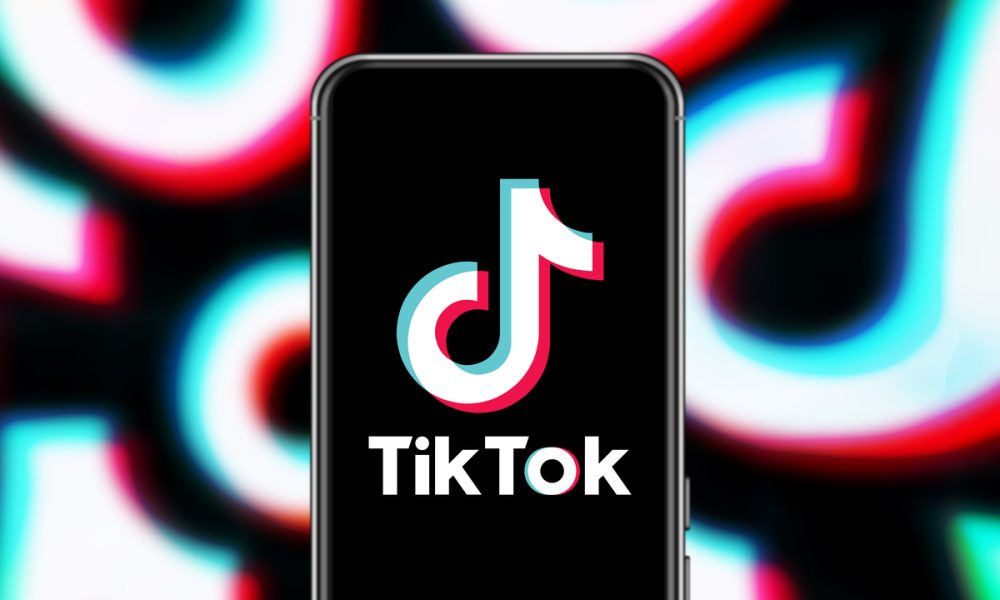The healthcare industry constantly seeks innovative ways to deliver information and education effectively. With the rise of digital platforms, medical videos online have emerged as a pivotal tool for bridging knowledge gaps between medical professionals and patients. These videos simplify complex medical concepts, make healthcare information more accessible, and foster better communication across the system.
By using video as an educational medium, healthcare providers reach wider audiences with accurate, engaging content. This approach improves patient understanding and supports better health outcomes by empowering individuals with knowledge.
The Power of Visual Learning in Healthcare
Visual content has a unique way of engaging audiences and improving information retention. Medical concepts, which are often complicated, can be broken down into easier-to-understand formats through visual storytelling.
For instance, demonstrating surgical procedures or explaining chronic conditions using animations and real-life examples enhances clarity. Videos cater to different levels of understanding, ensuring medical professionals and patients gain valuable insights. By closing gaps in comprehension, online medical videos are transforming the way healthcare information is absorbed and applied.
Enhancing Patient Understanding Through Video Content
Patients often struggle to grasp medical terminology or procedures during consultations. Traditional verbal explanations may leave unanswered questions or generate confusion. Medical videos bridge this gap by providing clear, consistent information that patients can revisit anytime.
Video marketing has also contributed significantly to modern healthcare strategies. Understanding how video marketing is influencing the future of healthcare reveals its role in enhancing patient engagement, simplifying complex medical information, and revolutionizing healthcare communication strategies.
Supporting Continuous Education for Medical Professionals
Online videos are just as valuable for healthcare professionals. They serve as an effective means of reinforcing training, introducing new medical technologies, or sharing best practices. For example, procedural training videos allow professionals to learn or refresh technical skills more effectively than text or static images alone.
Furthermore, video content fosters collaboration within the healthcare community. By sharing knowledge across geographic boundaries, medical teams can strive toward a more unified and informed global approach.
To optimize the impact of video content, it’s essential to focus on aspects like SEO and accessibility. This article on SEO checklist for optimizing medical videos online provides actionable steps to ensure videos reach the right audience and remain relevant in an increasingly digital world.
Building Trust and Engagement Through Multimedia
Trust is a key factor in healthcare relationships. Videos allow for the strengthening of this bond by presenting information transparently and credibly. Whether through expert interviews, patient testimonials, or detailed guides, these formats encourage better engagement and understanding.
Additionally, brands utilizing video media create stronger connections with their audience. Videos cut through communication barriers such as literacy levels or language constraints, ensuring that healthcare information is universally accessible.
The Future of Medical Videos in Bridging Knowledge Gaps
The role of medical videos will continue to grow alongside advancements in technology. Integrating virtual reality and interactive content makes the learning experience more immersive and detailed. These advancements reduce knowledge gaps by making complex procedures, treatments, or conditions easier to comprehend.
Medical organizations adopting emerging video trends will enhance education and improve patient outcomes. The increasing demand for accurate, digestible healthcare communication ensures that video content will remain vital to this industry’s future.
Conclusion
Online medical videos reshape how healthcare information is communicated, understood, and applied. By simplifying complex concepts and offering engaging, accessible content, these videos directly address the gaps in knowledge for patients and professionals. With tools like video marketing shaping the industry’s future and actionable insights from resources on optimizing video content, the potential impact is clear. Whether reducing barriers to comprehension or strengthening connections between patients and providers, online medical videos are a critical step toward achieving a more informed and empowered healthcare environment.





